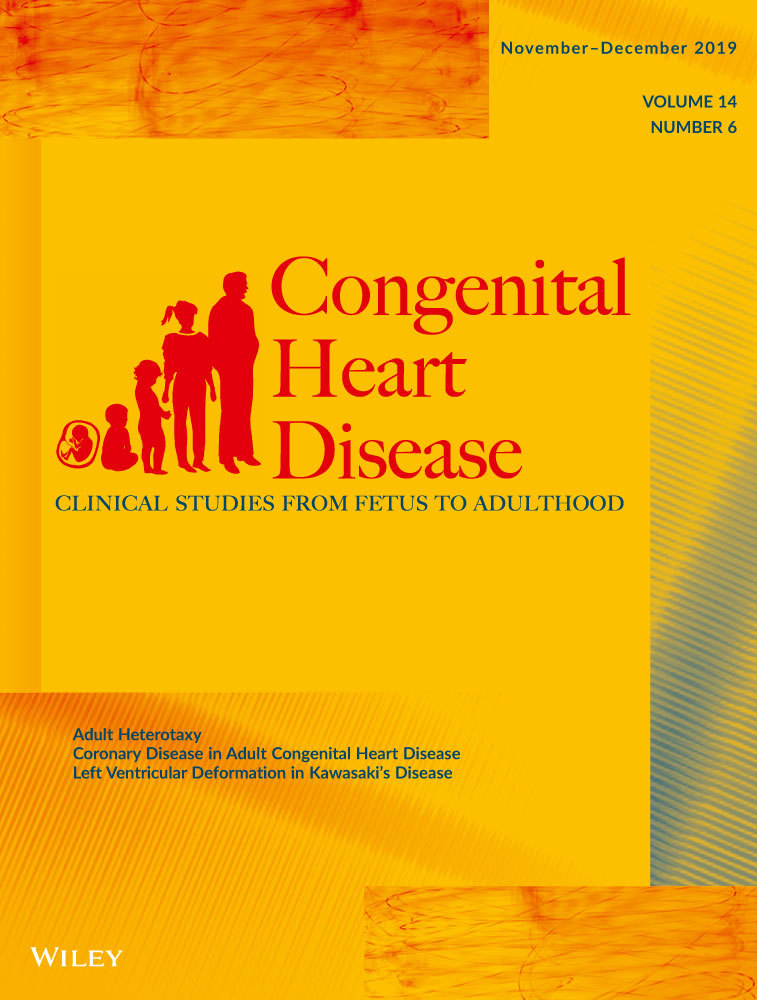Utilization of inhaled nitric oxide after surgical repair of truncus arteriosus: A multicenter analysis
Funding information
Funding from the Department of Pediatrics at Indiana University School of Medicine was provided for this study through a Riley Children’s Foundation Grant (Intramural) for administrative support. No honorarium or other form of payment was provided to anyone to produce the manuscript.
Abstract
Background
Elevated pulmonary vascular resistance (PVR) is common following repair of truncus arteriosus. Inhaled nitric oxide (iNO) is an effective yet costly therapy that is frequently implemented postoperatively to manage elevated PVR.
Objectives
We aimed to describe practice patterns of iNO use in a multicenter cohort of patients who underwent repair of truncus arteriosus, a lesion in which recovery is often complicated by elevated PVR. We also sought to identify patient and center factors that were more commonly associated with the use of iNO in the postoperative period.
Design
Retrospective cohort study.
Setting
15 tertiary care pediatric referral centers.
Patients
All infants who underwent definitive repair of truncus arteriosus without aortic arch obstruction between 2009 and 2016.
Interventions
Descriptive statistics were used to demonstrate practice patterns of iNO use. Bivariate comparisons of characteristics of patients who did and did not receive iNO were performed, followed by multivariable mixed logistic regression analysis using backward elimination to identify independent predictors of iNO use.
Main Results
We reviewed 216 patients who met inclusion criteria, of which 102 (46%) received iNO in the postoperative period: 69 (68%) had iNO started in the operating room and 33 (32%) had iNO initiated in the ICU. Median duration of iNO use was 4 days (range: 1-21 days). In multivariable mixed logistic regression analysis, use of deep hypothermic circulatory arrest (odds ratio: 3.2; 95% confidence interval: 1.2, 8.4) and center (analyzed as a random effect, p = .02) were independently associated with iNO use.
Conclusions
In this contemporary multicenter study, nearly half of patients who underwent repair of truncus arteriosus received iNO postoperatively. Use of iNO was more dependent on individual center practice rather than patient characteristics. The study suggests a need for collaborative quality initiatives to determine optimal criteria for utilization of this important but expensive therapy.
CONFLICT OF INTEREST
None of the authors have conflicts of interest to disclose.




